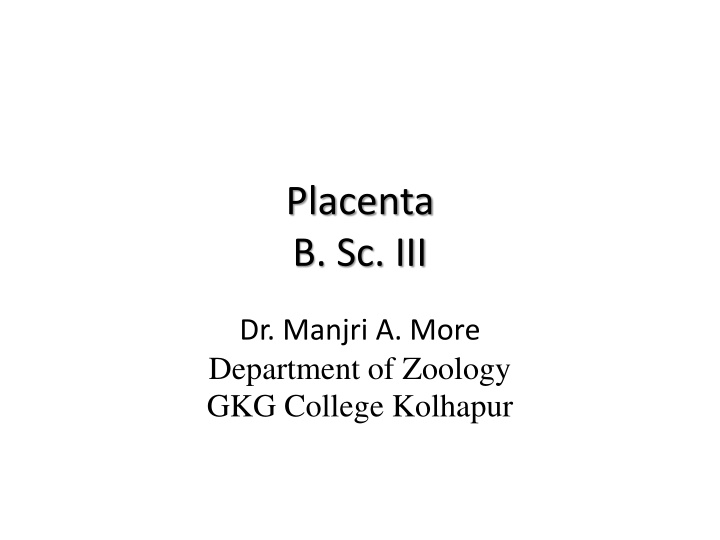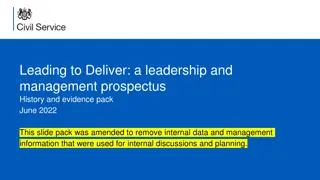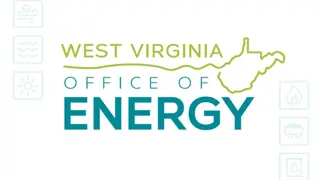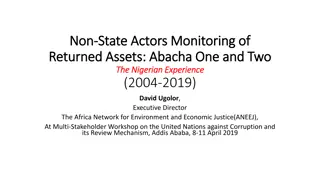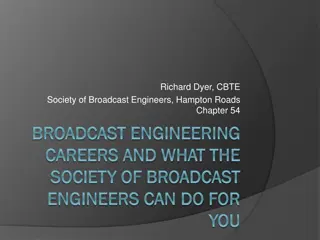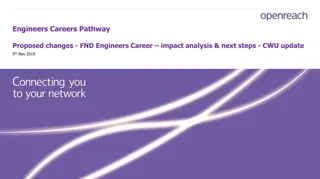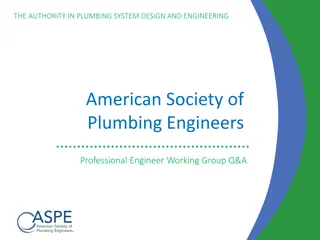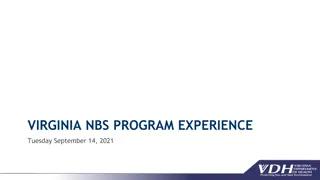Student Chapter of The American Society of Civil Engineers at West Virginia University
This information provides details about the West Virginia University Student Chapter of The American Society of Civil Engineers, including contact information, student officers, advisors, finances, goals, and objectives. It outlines the chapter's focus on increasing membership, sponsorship, fundraising, and participation in events, as well as its financial status and achievements in membership growth.
Download Presentation

Please find below an Image/Link to download the presentation.
The content on the website is provided AS IS for your information and personal use only. It may not be sold, licensed, or shared on other websites without obtaining consent from the author.If you encounter any issues during the download, it is possible that the publisher has removed the file from their server.
You are allowed to download the files provided on this website for personal or commercial use, subject to the condition that they are used lawfully. All files are the property of their respective owners.
The content on the website is provided AS IS for your information and personal use only. It may not be sold, licensed, or shared on other websites without obtaining consent from the author.
E N D
Presentation Transcript
Placenta B. Sc. III Dr. Manjri A. More Department of Zoology GKG College Kolhapur
Introduction Mode of embryonic nutrition differ in different mammals. Ex- in monotrems i.e. prototheria are oviparous produce large eggs, heavily yolky and shelled eggs. There is no uterine gestation. Yolk provide nutrient to developing embryo. Hatched young's are immature and complete their growth in their abdomen pouch of mother during which they are fed upon milk.
All other mammals like metatheria and eutheria are viviparous. The development of their young is intra- uterine i.e. inside the uterus of mother. But their minute eggs contains so little yolk that they could never develop beyond the very early stages unless additional nourishment it somehow provided by mother. This is done by the formation of characteristic organ called as placenta by which embryo establish close contact with the uterine wall of mother.
Definition The structure by which the developing embryo of viviparous mammals obtains its nourishment from maternal uterine blood. The embryo makes contact with a uterine wall of mother by a connection called as placenta. Placenta is connection between the wall of womb of mother and the developing child in womb for the purpose of physiological exchange of material. Placenta formed by the interlocking of both foetal as well as maternal tissues. The part of foetus is called as foetal placenta, while that derived from uterine wall called maternal placenta. The process of development of placenta called as placentation.
Placenta serves mainly for- 1) nutrition 2) gases exchange i.e. respiration. 3) excretion 4) physiological barrier and prevent direct mixing of maternal and foetal blood. - Placenta found in mammals but also found in other animal groups like- onchophora, asidians, elasmobranches and also some lizards. - But the tissues which help in formation of placenta are different form those of mammals.
First step in formation of placenta is attachement of developing embryo to the wall of uterus, is called implantation. This is effected by small fingure like processes called villi, which grown from a particular area or area of tropoblast of embryo and penetrate into corresponding crypts in a maternal uterine wall. Blood vessels, lymphatic vessels and glands of uterine enlarge and their secretion in lumen of uterus provide nourishment to embryo. Implantation occurs in following manners-
1)Central implantation:- embryo is attached to the surface of uterine lining and project freely into uterine cavity. also called superficial implantation ex- rabbit, carnivorous and lower chordates.. 2)Concentric implantation:- mucous lining of uterus giving out folds to cover the embryo which is embedded in a groove or pocket of main uterine cavity. Ex- mouse, rat, squirrel .
3)Interstitial implantation:- embryo is completely burrow in uterine tissue to become completely surrounded by it. ex- man, apes, pig, etc .
mechanism of implantation:- When the blastocyst come in direct contact of uterine epithelium, in the area of attachment, begins to break down by the action of some digestive enzyme secreted by tropoblast. The erosion of uterine epithelium creates gap through which invading tropoblast advances and comes in contact with the connective tissue layer of uterus. The secretion of progesterone by the corpus luteum makes the endometrium more receptive for implantation.
1. On the basis of fetal membrane involved A) yolk sac placenta - Formed by the yolk sac and chorion membrane. - Also called chorio-vitelline placenta. - Primitive type of placenta developed by metatheria or marssupialus like kangaroo, opossum etc - In which the chorion receives vascular supply from the yolk sac. - It develop small wrinkles and outer surface where it come in contact with uterine wall, which hold the blastocyst. - The uterine milk secreted by uterine gland and is transported to the embryo through the vitelline circulation.
B) chorio-allantotic placenta -formed by the allantois and chorion, which are fuse to each other and form a membrane chorio- allantois membane. -It is well vascularized by allantoic arteries and veins, it develop on outer surface branched and unbranched finger like outgrowth called villi. The uterine wall develop depression called crypts. -The villi dip in to crypts, this faciliates the absorption of nutrients from maternal side. -This type of placenta found in all eutherian and some marsuplials.
Classification:- based on distribution of villi on the surface of chorion A)Diffuse placenta:- uniformly distributed throughout the surface of blastocyst. Ex-pig , horse.. B)Cotyedonary placenta:- villi are arranged in groups, each group said to be cotyledon. Ex -sheep, cow, deer etc .. c)Intermediate placenta:- blastocyst provided with both villi and cotyledon. The villi are distributed in between the cotyledon. ex- camel, giraffe . d) Zonary placenta:-villi arranged in one or more girdles or circles around the blstocyst. Ex- elephant e) Discoidal placenta:- villi are arranged in one or more disc shaped area. ex-rodents
f) Metadiscoidal placenta:- in primates, the villi are at first uniformly distributed throughout the entire surface of chorion but later they are restricted to one or more disc shaped area on the ventral side is called as metadiscoidal placenta.
2) On the basis of nature of contact A) indeciduate placenta In which connection with uterine epithelium is loose and at time of delivery, there is no loss of maternal tissue, the villi of chorion are easily pulled out. ex- lemur, sheep etc .
B)Deciduous placenta - Union between chorion and uterine epithelium is much more intimate. - The chorionic villi more branched like a roots of a tree. - During parturation or delivery there is considerable loss of maternal tissue and more bleeding occurs. - Ex- man, bat etc .
Form physiological barrier and semipermable membrane between foetus and mother. Prevent direct mixing of maternal and foetus blood. Allow smaller molecule diffuse throught it- oxygen, carbondioxide, water, chloride, phosphates, organic substances like amino acids, hormones, vitamines, monosaccharides.. Transfer of food stuffs from mother to foetus. It also manufacture fructose from glucose, ascorbic acid is selectively absorbed by placenta. Antibody against foetal diseases and Rh antibody are also transfer.
Certain pathogenic organism and viruses are pentrate and attack on foetus. Ex-syphilis, smallpox, chickenpox, rubella et, .. It also act as endocrine gland secrete number of hormones like oestrogen, progesterone, lactogen , relaxine etc.. After birth, placenta is a source of nourishment to the mother of many mammals.
